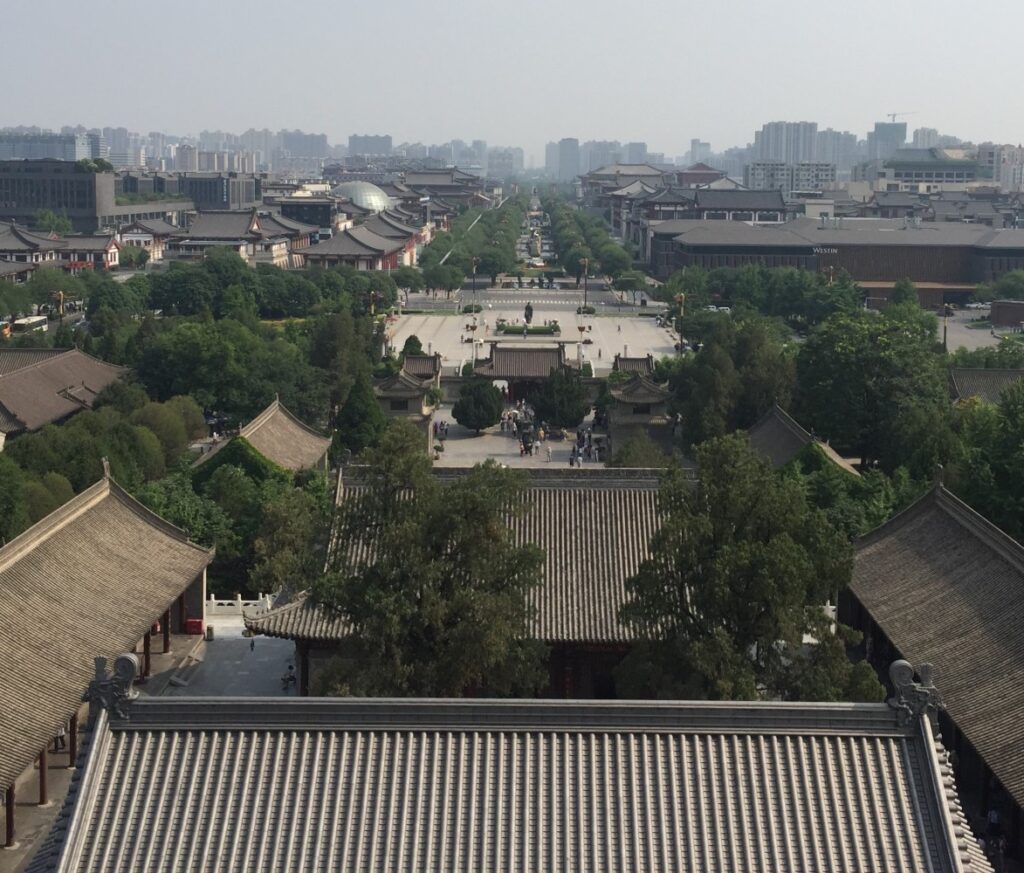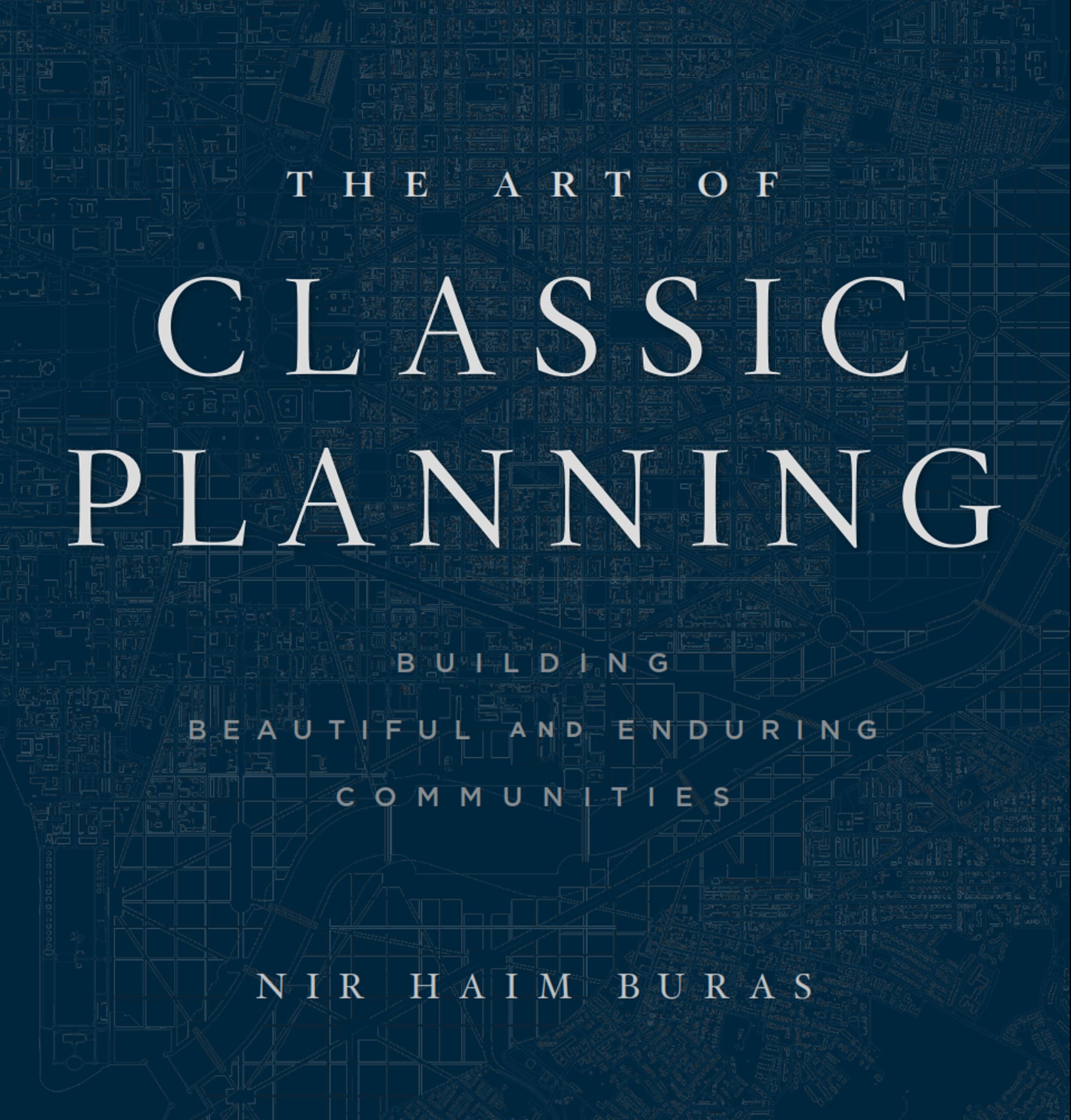
The Ballad of Port Grimaud: Doing It Right in St. Tropez Bay
The late British architect and urban designer, Gordon Cullen (1914–1994), developed the concept of townscape, an extension of the picturesque English landscape. A term first used in the 1880s within the context of unspoiled English towns, Cullen used it since the early 1950s to define the visual art of town planning.
Cullen maintained that townscape was not the result of accident, but rather described how planning converted a jumble into “order with variety.” Breaking with Modernist thinking by emphasizing experience, urban character, and sensitivity to different bits of a city, the notion of townscape assumed that the composition of a town’s physical elements generated experiential effects. It posited that understanding these effects would enable one to objectively guide visual perceptions of the town and consequent interventions in it. It presaged the understanding of visual perception as a scanning of the environment and urban design as an “art of the ensemble.”1
Recalling the extensive building codes of the medieval, Renaissance, and Baroque-era periods, Cullen sought to correct the popular misconception that good townscape resulted from random historic accretion. And while Le Corbusier’s Ville Radieuse presented a belief of how people operate in a city, Cullen contended that the visual perception of urban form was a holistic whole. His townscape considered how people possess space, accommodating a range of human needs and emotions that extended beyond mere sunlight, open space, and car travel. Cullen made the experienced environment a basis for design, validating the human being as a meaningful entity, not an automaton with “functions.”2
Few heeded Cullen’s warnings to reinforce the genius loci (spirit of place) of locations, to minimize the effects of motorways on the fabric of towns, to stop large-scale development from eroding the character of towns, and to stop mindless suburban sprawl.

Planners readily adopted Cullen’s jargon into their discourse, but not its authentic forms. Tolerating only Modernist forms, their interpretation of townscape refused authenticity. These planners are still outraged at the most loyal invocation of Cullen’s townscape, Port Grimaud, a resort village located on the Bay of Saint-Tropez.3
Planners readily adopted Cullen’s jargon into their discourse, but not its authentic forms. Tolerating only Modernist forms, their interpretation of townscape refused authenticity. These planners are still outraged at the most loyal invocation of Cullen’s townscape, Port Grimaud, a resort village located on the Bay of Saint-Tropez.3


As described in The Art of Classic Planning, in the 1960s, the French architect, developer, and urban planner, François Spoerry (1912–1999), channeled the Giscle River marshes into nearly eight miles (12 km) of canals laced with gardens, colorful Saint-Tropez-style “fishermen’s houses,” and boat docks in the Venetian manner. This mainly traffic-free town is crossed by canals and populated with shops, restaurants, and small day and night markets.4
Spoerry did such a good job that, at times, people still cannot distinguish that it is new. Yet, despite proof to the contrary and the general lack of satisfaction with the outcomes of their own projects, dogmatic planners criticize the authentic stability, durability, and sustainability of Port Grimaud’s arches and cobbles as “fake.”5
Cullen prompted environmental psychologists to study the effects of visual perception in townscapes and designers to provide satisfying environments. But planners trying to follow his lead emerged with mere jargon. Some presented hypotheses that terms such as ambiguity and visual nuance explained urban visual complexity. Other well-intentioned thinkers tried to elevate the obvious animal instinct for shelter-seeking into an aesthetic “Prospect Refuge Theory.” But the experienced concept of “place” consists of far more than the mere physiological need to hide from predators.6

As a veneer on a worldview that puts technology and machines in first place, more recent architects and planners generated notions of sustainability and cyclability. They argue that traditional townscapes are wrong because they adopt physical designs from long-gone eras when people walked and the majority of human contacts were face to face. But what else is there?7
By the 1960s, car suburbs and “urban renewal” had ravaged US and European cities. Today, the last blow to urban fabric is being dealt by well-meaning architects and planners. However, their “clean lines” and lack of “human scale” have historically correlated with eventual social problems in cities. As Modernism fails to deliver on its promise, urban designers have repeatedly attempted to restore urban equilibrium by adding “patches” to it. But contemporary urban design is not holistic. Abstractions such as “incrementalism,” “contextualism,” and “architectural integration” fail to offer a genuinely comprehensive manner by which to understand cities.
But what true meanings do jargon terms like Walkability, Mobility, Strong Towns and Lean Urbanism actually convey? Are they mere flavors of the season? Are they truly improving cities’ long-term functionality, attractiveness, or sustainability? “Space syntax,” “collage cities,” “postmodernism,” “parametricism,” and the multitude of proposals to segregate pedestrians and promote bicycles to make cities “people-friendly” reveal the inadequacy of how we are thinking about our cities today. In this age of Covid-19, it is time to let go of our fervent belief in the Zeitgeist and its purposely charmless architecture. Urbanism has to step back from the hypocrisy of studying traditional precedents as ideal models while training its devotees to destroy that same humanist fabric.
End Notes:
- J. J. Hissey, A Tour in a Phaeton through the Eastern Counties (London: R. Bentley, 1889), 263. See also: Gordon Cullen, Townscape (London: Reinhold, 1961).; Gordon Cullen, The Concise Townscape (London: Architectural Press, 1971).; and: Ivor De Wolfe, “Townscape,” Architectural Review 106 (December 1949): 355–362.
- Ian Nairn, “Outrage,” Architectural Review 117 (June–July 1955): 364–460, reprinted as Outrage (London: Architectural Press, 1955). See also: Ian Nairn, “Outrage 20 Years After,” The Architectural Review 158 (1975): 328–337.
- Ivor De Wolfe, Civilia (London: Architectural Press, 1971). See also: William M. Whistler and David Reed, Townscape as a Philosophy of Urban Design (Council of Planning Librarians, 1977).
- Bernard Spoerry and Gérard Tournebize, Port Grimaud à 50 Ans, 1966–2016 (Grimaud: Bernard Spoerry, 2016).
- Port Grimaud 2 extended the town farther east in the 1970s, and Port Grimaud 3 did so in the 1990s. See: Whistler and Reed, Townscape, 1977.
- Amos Rapoport and Robert Kantor, “Complexity and Ambiguity in Environmental Design,” American Institute of Planners Journal 33, no. 4 (July 1965): 210–221. See also: Jay Appleton, The Experience of Landscape (London: John Wiley, 1975).
- Whistler and Reed, Townscape, 1977.
[Classic Planning is a registered trademark of the Nir Buras Entities.]
WELCOME!
Get In Touch
Please get in touch with us
to discuss your requirements.
Please get in touch with us
to discuss your requirements.
